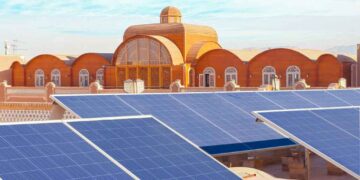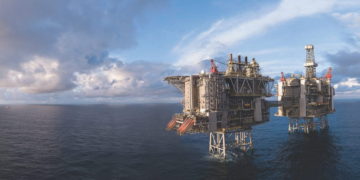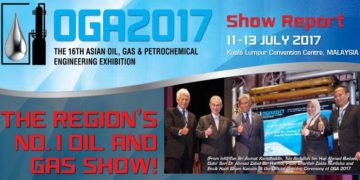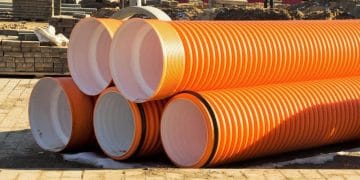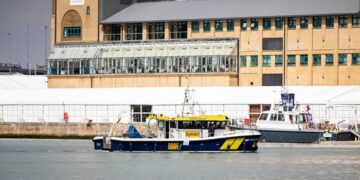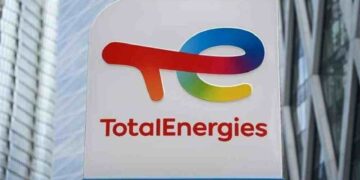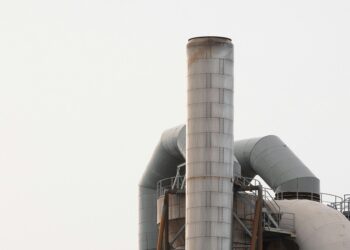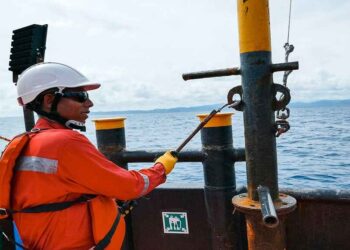Glenlivet gas field is located along the Atlantic Margin, 90km north-west of the Shetland Islands, UK. It is situated in UK Production License P1195 on Block 214/30 in approximately 435m of water.
Total E&P UK (TEP UK), the operator of the field, holds an 80% interest and is developing the project in partnership with Dong E&P (UK), which holds the remaining 20% interest. The field will be developed in conjunction with the Edradour gas field located 17km away, at an estimated cost of £650m.
First gas production from the field is expected in the third quarter of 2018. Peak production is anticipated to be 21,000 barrels of oil equivalent (boe) a day. The field is anticipated to have a production life of 15 years.
Discovery of the Glenlivet gas field
The Glenlivet gas field was discovered in September 2009 by DONG E&P. The 214/30A-2 discovery well was drilled to a total depth of 7,654ft using the Transocean Rather semi-submersible drilling rig.
“The Glenlivet gas field was discovered in September 2009 by DONG E&P.”
The well-encountered gas pay in Paleocene sandstone and was followed by two sidetracks to evaluate the size and extent of the field.
Fossil fuel reserves of Glenlivet offshore gas field
The reservoir fluid in the Glenlivet field is estimated to be a light gas-condensate with a condensate-gas ratio of approximately 16 barrels per million standard cubic feet or 1m³ per 11,147³. The fluid is anticipated to contain very low levels of carbon dioxide, hydrogen sulphide and mercury.
Glenlivet gas field development
The Glenlivet project will involve the development of two wells from a semi-submersible drilling rig and the installation of two Xmas trees at the drill centre. A single four-slot manifold will be installed on the seabed adjacent to the two wells.
The field will be tied back to the existing Laggan-Tormore production flowlines through a new 35km-long, 12in-diameter production line linked at the In-Line Tee 3 (ILT3) tie-in point of the flowlines.
Monoethylene glycol (MEG) and service fluids will be provided to Glenlivet through a new 18km-long, 6in-diamter supply line with a 2in piggy-backed service line connected to the nearby Edradour Area Development. The MEG is injected into the Glenlivet wells to prevent the formation of hydrates in the production stream.
A new 19.2km-long combined power, communications, hydraulic and chemical umbilical will be installed to link the Glenlivet manifold with that of the Edradour field.
Persephone Gas Field, Australia
The Persephone gas field is located within Permit Area WA-1-L (Program Area) offshore north-west coast of Australia.
Drilling of the wells is expected to begin in the first half of 2015 and is scheduled for completion in 2016. The pipelines, subsea structures and the umbilical will be installed in mid-2016 and 2017, while tie-in and commissioning will take place in mid-2018.
Glenlivet gas field production export and processing systems
The fluids produced from the Glenlivet reservoir will be mixed with those produced from the Laggan-Tormore and Edradour fields and processed together at the Shetland Gas Plant (SGP) in Sullom Voe that is being installed by the Laggan-Tormore Development operated by TEP UK.
The SGP will also contain a control room, which will enable remote operation of the offshore Glenlivet facilities via the new umbilical from Edradour.
The Glenlivet fluids are expected to contain a higher concentration of mercury than the Laggan-Tormore fluids. Mercury will be eliminated from the condensate in mercury removal units that are being installed within the SGP as part of the Edradour Area Development Project.
The gas processed from the SGP will be exported to the St. Fergus gas terminal on the east coast of Scotland via the new, 30in-diameter Shetland Island Regional Gas Export (SIRGE) pipeline that ties in to the existing TEP UK FUKA gas pipeline system in the North Sea.
Natural gas liquids (NGL) will be extracted from the gas at St Fergus and exported to the Mossmorran natural gas liquid fractionation plant near Cowdenbeath in central Scotland.
Contractors involved
Technip was awarded a subsea contract in February 2015 for the fabrication and installation of the pipelines, steel tube umbilicals, pipeline end manifold, flowline end terminations, flexible tails and rigid well tie-in spools, as well as the installation of CPI templates and manifolds.
The umbilicals will be fabricated at the Technip Umbilicals facility in Newcastle, UK, while the pipelines will be manufactured at Technip’s spool base at Evanton, UK, and installed by Technip’s pipelay vessel Deep Energy.



